
Treatment with relutrigine resulted in a 46% placebo-adjusted reduction in motor seizures, along with a well-tolerated safety profile with adverse events that were mild to moderate.

Treatment with relutrigine resulted in a 46% placebo-adjusted reduction in motor seizures, along with a well-tolerated safety profile with adverse events that were mild to moderate.

The director of epilepsy surgery at Allegheny Health Network talked about research recently presented at AES 2024 on stereo-electroencephalography, a minimally invasive treatment for patients with epilepsy. [WATCH TIME: 7 minutes]

Treatment with bexicaserin, a highly selective 5-HT2c receptor superagonist, resulted in reduction in countable motor seizures in patients not previously exposed to the agent.

Neurology News Network. for the week ending December 7, 2024. [WATCH TIME: 4 minutes]

Take 5 minutes to catch up on NeurologyLive®'s highlights from the week ending December 6, 2024.

In a further date from the ongoing open-label extension of the phase 2b X-TOLE study, results demonstrated that the majority of treatment-emergent adverse events associated with azetukalner were mild or moderate.

A recent study presented at AES 2024 showed that fewer than 15% of doses of diazepam nasal spray administered to pediatric patients with epilepsy required a second dose in 24 hours.

CBD maintained a favorable safety profile, with 63% of participants experiencing adverse events such as diarrhea, vomiting, decreased appetite, and lethargy, leading to discontinuation in four patients.
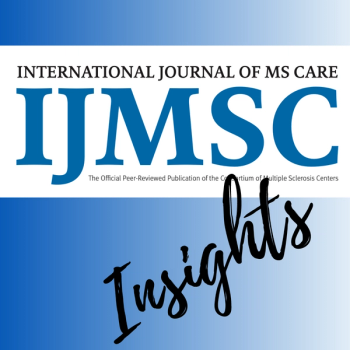
A feature on NeurologyLive®, IJMSC Insights offers a look at the data around abuse among patients with MS—which paint a clear and troubling picture.

RGX-202 demonstrated improved functional outcomes and robust microdystrophin expression, with levels exceeding those of other approved or investigational gene therapies.

Stoke Therapeutics is preparing for a phase 3 registrational study to further assess STK-001, with results from open-label extensions showing sustained seizure reductions and a well-tolerated safety profile.

Perspective from neurologists on the current and future applications for artificial intelligence across a bevy of neurologic conditions.

A recently initiated phase 1/2 trial of NS-050/NCNP-03 will assess patients with Duchenne muscular dystrophy on dystrophin production, muscle strength, mobility, and functional exercise capacity.
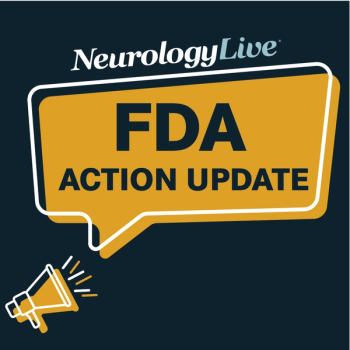
Catch up on any of the neurology news headlines you may have missed over the course of November 2024, compiled all into one place by the NeurologyLive® team.

Early data from the pilot RELIEV-CM trial showed significant reductions in headache and migraine days, with 56% of patients showing a 50% reduction in symptoms at 4 weeks, and 100% at 12 weeks.
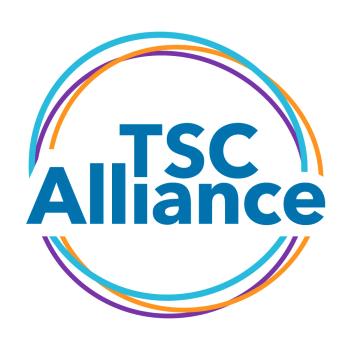
This story highlights a mother’s journey through her daughter Addie's diagnosis of Tuberous Sclerosis Complex (TSC), emphasizing the critical need for early diagnosis, parental advocacy, and the strength of community support.

The epilepsy specialist and Cleveland Clinic’s Chief Research and Information Officer detailed the steps and teamwork required to implement a machine learning that predicts seizure outcomes in epilepsy surgery. [WATCH TIME: 4 minutes]

The professor of neurology at the University of Alabama at Birmingham Epilepsy Center commented on various topics related to infantile spasms amid Infantile Spasms Awareness Week.

Rachana K. Gandhi Mehta, MBBS, an assistant professor of neurology at Wake Forest School of Medicine, discussed a new, innovative trial assessing the therapeutic potential of self-administered subcutaneous rozanolixizumab as a treatment for myasthenia gravis.

The professor of neurology at the University of Alabama at Birmingham Epilepsy Center provided comment on raising awareness for infantile spasms, especially during Infantile Spams Awareness Week, which is celebrated the first week of December. [WATCH TIME: 3 minutes]

QRL-201, developed by QurAlis, aims to restore STATHMIN-2 (STMN2) expression, a key protein for neural repair, which is significantly reduced in patients with ALS.

The vice chair of the American Academy of Sleep Medicine’s Clinical Practice Guidelines Task Force commented on some of the unanswered questions following the recently published guidelines for restless legs syndrome. [WATCH TIME: 3 minutes]

To date, BT-267 shows strong potential as a best-in-class LRRK2 inhibitor for Parkinson disease, with a superior safety profile, excellent pharmacokinetics, and innovative development leveraging advanced technologies and biomarker modeling.
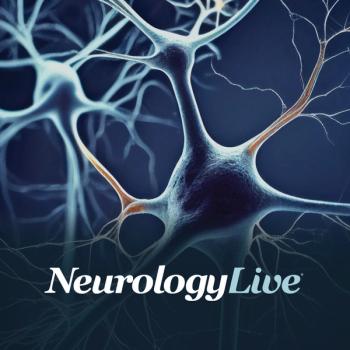
Delaying treatment past 12 months worsens leg disability scores and leads to a more challenging disease course in CIDP patients.
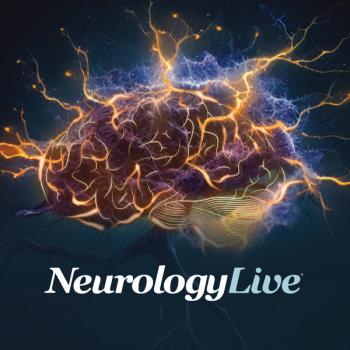
The launch of lorcaserin studies in 2020 coincided with several patients starting the newly available fenfluramine, which may have contributed to challenges in enrolling enough participants.
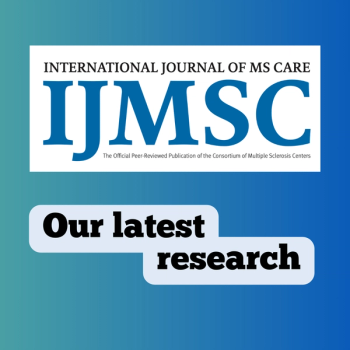
Here's the latest multidisciplinary multiple sclerosis (MS) research from the International Journal of MS Care.

The assistant professor of neurology at the Icahn School of Medicine at Mount Sinai provided an overview of a session on exercise and migraine presented at the 2024 Scottsdale Headache Symposium. [WATCH TIME: 5 minutes]

Here's some of what is coming soon to NeurologyLive® this week.

The application is based on a large-scale phase 3 study in which blarcamesine demonstrated a significant decline in disease progression compared with placebo over a 48-week period.

Findings from a phase 2/3 study demonstrated the efficacy and safety of a higher dose regimen of nusinersen in treating spinal muscular atrophy in both treatment-naïve and previously treated patients.